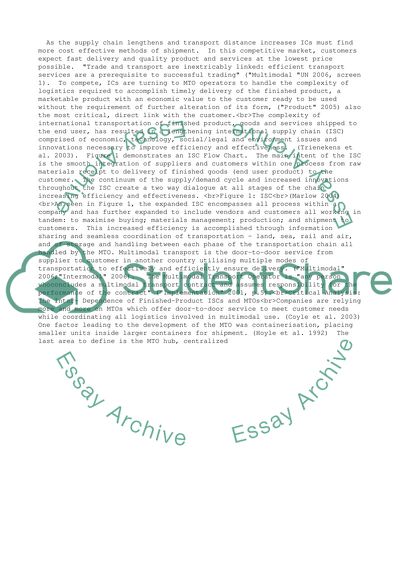Cite this document
(“Dependence of Suppliers on Multimodal Transport Essay”, n.d.)
Dependence of Suppliers on Multimodal Transport Essay. Retrieved from https://studentshare.org/business/1534830-dependence-of-suppliers-on-multimodal-transport
Dependence of Suppliers on Multimodal Transport Essay. Retrieved from https://studentshare.org/business/1534830-dependence-of-suppliers-on-multimodal-transport
(Dependence of Suppliers on Multimodal Transport Essay)
Dependence of Suppliers on Multimodal Transport Essay. https://studentshare.org/business/1534830-dependence-of-suppliers-on-multimodal-transport.
Dependence of Suppliers on Multimodal Transport Essay. https://studentshare.org/business/1534830-dependence-of-suppliers-on-multimodal-transport.
“Dependence of Suppliers on Multimodal Transport Essay”, n.d. https://studentshare.org/business/1534830-dependence-of-suppliers-on-multimodal-transport.


